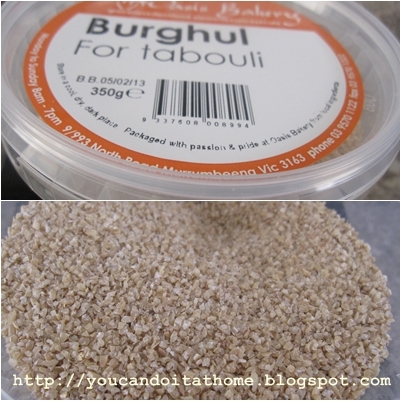Mr Potato Bread from Bourke Street Bakery - truly a flavorsome bread
As part of the plan to try using up 5 kilos of potato that we have, I turned to Bourke Street Bakery cookbook for Mr Potato Bread.
This was the first time I followed BSB's method of starter built, i.e. number of feedings and amount of starter. In the past, whenever I made the sourdough from BSB, I adapted Hamelman's method.
